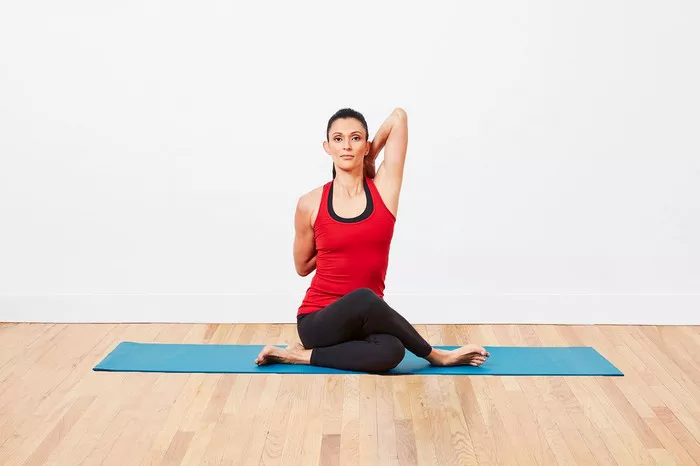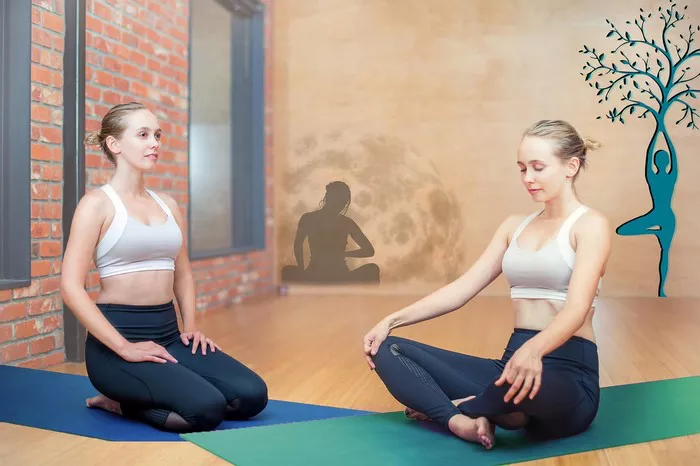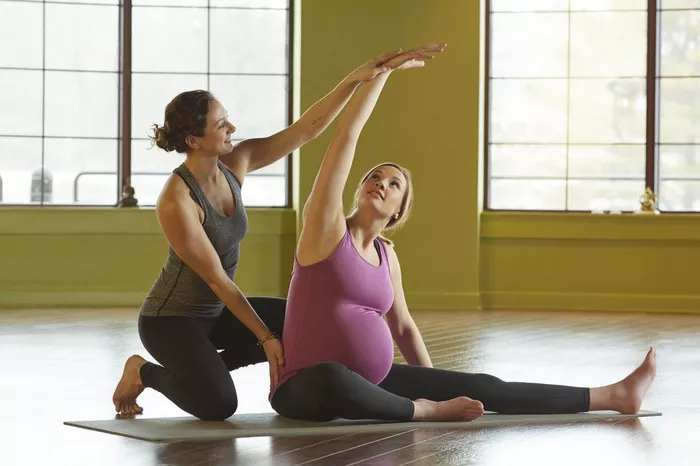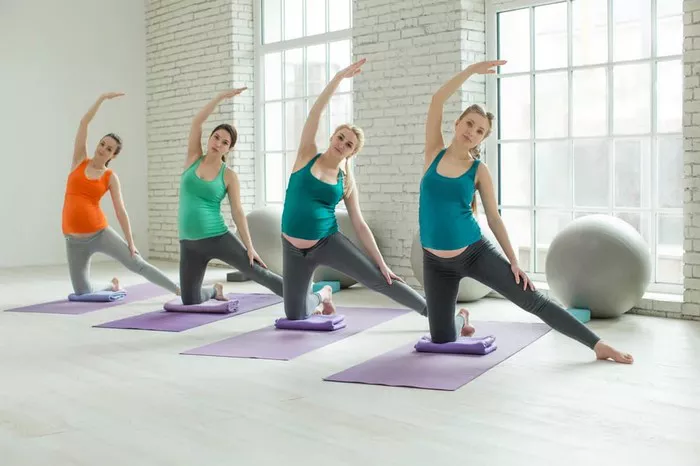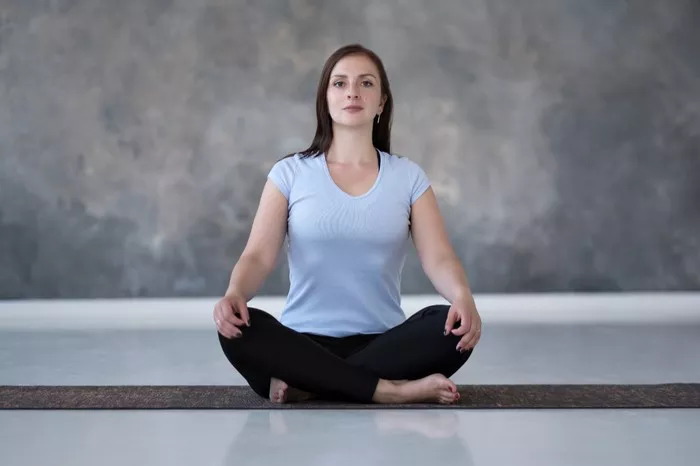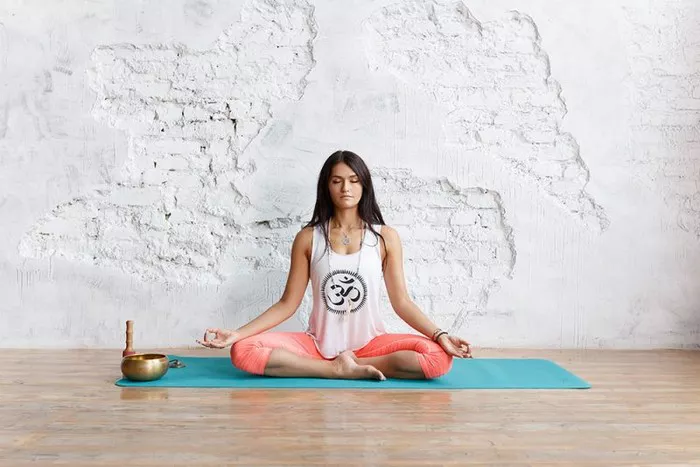Yoga is more than just a physical practice—it is a holistic journey that nurtures the body, mind, and spirit. Whether you are new to yoga or have been practicing for years, you may wonder how to determine if yoga is actually working for you. Unlike traditional workouts, where progress is often measured by weight loss or muscle gain, yoga’s benefits manifest in various ways, both tangible and subtle.
If you are questioning whether yoga is yielding results, here are some key signs that indicate your practice is working:
Increased Flexibility and Mobility
One of the most noticeable effects of yoga is improved flexibility. If you find that you can touch your toes more easily, hold poses with greater ease, or experience less stiffness in your joints, it is a clear sign that your practice is enhancing your flexibility and mobility. Over time, regular stretching through yoga helps lengthen and loosen tight muscles, making movements smoother and more comfortable.
Enhanced Strength and Endurance
Yoga is not just about stretching—it also builds strength. Holding poses like Plank, Warrior, and Downward Dog engages multiple muscle groups, gradually increasing your strength and endurance. If you notice that you can maintain poses for longer periods without trembling or fatigue, your yoga practice is successfully strengthening your body.
Improved Balance and Coordination
Balance poses such as Tree Pose and Eagle Pose require focus and stability. As you progress in yoga, you may find that balancing on one leg becomes easier and that you feel more grounded in your daily movements. Improved balance reduces the risk of falls and injuries and is a sign that yoga is enhancing your coordination and proprioception.
Reduced Stress and Anxiety
Yoga incorporates breathing exercises (pranayama) and meditation, which help calm the nervous system. If you feel more relaxed, less anxious, and better equipped to handle stress, it means your practice is working. Studies have shown that yoga reduces cortisol levels (the stress hormone), leading to a greater sense of peace and emotional stability.
Better Posture and Body Awareness
A consistent yoga practice encourages proper alignment and body awareness. If you notice that you stand taller, sit with better posture, and have fewer aches and pains, it is a sign that yoga is improving your posture. This can help prevent long-term musculoskeletal issues and enhance overall well-being.
Deeper and More Controlled Breathing
Breath control is a fundamental part of yoga. If you find yourself breathing more deeply and consciously, both on and off the mat, it means your yoga practice is influencing your respiratory patterns. Deep, controlled breathing improves lung capacity, reduces stress, and increases oxygen supply to the body and brain.
Greater Mental Clarity and Focus
Yoga is known to enhance cognitive function and mental clarity. If you experience improved concentration, better decision-making, or an increased ability to stay present, your practice is working. Meditation and mindfulness techniques in yoga train the mind to focus, leading to greater productivity and inner peace.
Increased Energy Levels
While some forms of exercise can leave you feeling drained, yoga often has the opposite effect. If you feel more energized and rejuvenated after your practice, it indicates that yoga is working to balance your body’s energy systems. Poses that stimulate blood circulation and release tension contribute to an overall sense of vitality.
Better Sleep Quality
Many people turn to yoga to improve their sleep. If you find yourself falling asleep faster, staying asleep longer, or waking up feeling more refreshed, yoga is positively influencing your sleep patterns. Certain poses, such as Child’s Pose and Legs-Up-The-Wall Pose, help relax the nervous system and prepare the body for rest.
Emotional Stability and Self-Awareness
Yoga fosters emotional intelligence and self-awareness. If you find yourself responding to challenges with more patience, practicing self-compassion, or becoming more aware of your emotions, these are signs that your practice is working on a deeper level. Yoga teaches mindfulness, helping you become more in tune with your thoughts and feelings.
Reduced Physical Pain and Tension
Chronic pain, especially in areas like the lower back, neck, and shoulders, can be alleviated through yoga. If you notice a decrease in pain and tension, it is a strong indication that yoga is working to relieve stress and strengthen weak areas of the body. Many people with arthritis, migraines, and other conditions find relief through a consistent yoga practice.
A Greater Sense of Connection and Positivity
Yoga often fosters a sense of connection—not just with yourself, but with others and the world around you. If you feel more positive, compassionate, and connected to your surroundings, yoga is working beyond the physical realm. Many practitioners experience a shift in perspective, leading to a more fulfilling and meaningful life.
How Long Does It Take to See Results?
The time it takes to see results from yoga varies from person to person. Some people notice immediate effects, such as reduced stress and increased relaxation, after just one session. Physical changes, like improved flexibility and strength, can take a few weeks to a few months, depending on consistency and effort. Long-term mental and emotional benefits deepen over time with regular practice.
What If You Don’t See Results?
If you feel like yoga isn’t working for you, consider the following factors:
Consistency: Are you practicing regularly? Yoga requires commitment to yield noticeable results.
Patience: Some benefits take time to manifest, especially mental and emotional changes.
Variety: Trying different styles of yoga (such as Hatha, Vinyasa, Yin, or Restorative) may help you find what works best for your body and goals.
Mindfulness: Pay attention to subtle changes in your body and mind rather than focusing only on external progress.
Proper Guidance: A skilled instructor can help ensure that you are practicing safely and effectively.
Final Thoughts
Yoga works in unique ways, often bringing benefits that extend beyond the physical. If you are feeling stronger, more balanced, less stressed, and more connected to yourself and your surroundings, your yoga practice is undoubtedly working. The key is to remain patient, consistent, and open to the journey, allowing the transformative power of yoga to unfold over time. Whether your progress is subtle or dramatic, trust that every moment spent on the mat contributes to your overall well-being.
Related Topics:

